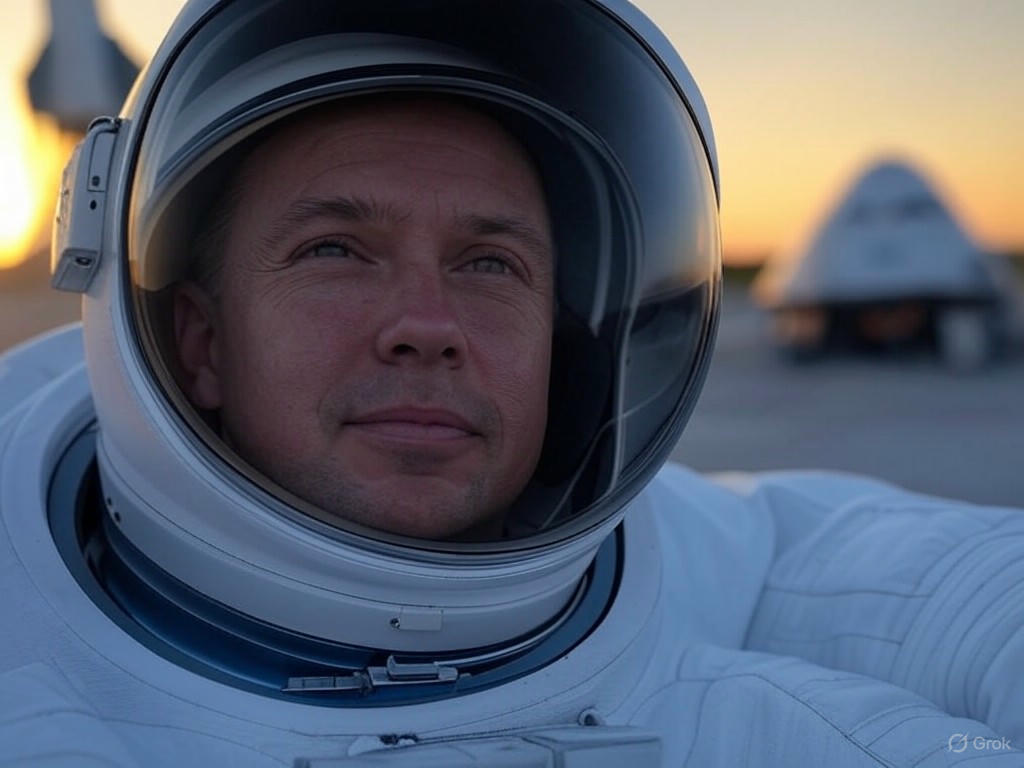Boeing’s Starliner Faces Further Delays as Nasa Pushes Launch to 2026
In a surprising turn of events, Nasa has announced that the next flight of Boeing’s Starliner spacecraft, a much-anticipated competitor to SpaceX’s Dragon, will not take place until at least 2026. This delay marks another setback for Boeing, which has been grappling with technical challenges and safety concerns surrounding the Starliner program. Originally designed to ferry astronauts to the International Space Station (ISS) and provide a reliable alternative to Elon Musk’s SpaceX, the spacecraft has faced a rocky road to certification, leaving many to question whether Boeing can catch up in the race for commercial space travel.
The Starliner project, part of Nasa’s Commercial Crew Program, was intended to diversify the agency’s options for transporting astronauts, reducing reliance on a single provider. However, Boeing has encountered numerous hurdles, including software glitches, propulsion issues, and failed test flights. A particularly notable setback occurred during an uncrewed test mission in 2019, when the spacecraft failed to dock with the ISS due to a timing error. Subsequent tests revealed additional concerns, prompting Nasa to demand rigorous fixes before approving crewed missions. The latest delay, announced in early June 2025, reflects ongoing efforts to ensure the spacecraft meets stringent safety standards, even if it means pushing back critical milestones.
This development has broader implications for the space industry. SpaceX’s Dragon has been the go-to vehicle for Nasa since 2020, successfully completing multiple crewed missions to the ISS. With Boeing’s Starliner out of the picture for at least another year, SpaceX continues to dominate the commercial crew transport sector, raising questions about competition and innovation in the field. Industry experts worry that the lack of a viable alternative could limit Nasa’s flexibility and potentially increase costs in the long run. Moreover, Boeing’s struggles may impact investor confidence and the company’s reputation, especially as it competes with SpaceX’s ambitious plans for lunar and Mars missions.
Despite the setbacks, there is still hope for Starliner’s future. Nasa officials have emphasized their commitment to working with Boeing to resolve outstanding issues, citing the importance of having multiple providers for crew transportation. Engineers are reportedly focusing on refining the spacecraft’s systems, conducting extensive ground tests, and preparing for a final uncrewed flight before astronauts can board. While the timeline to 2026 seems distant, it underscores Nasa’s prioritization of safety over speed—a principle that has guided space exploration for decades.
As the space race evolves, Boeing’s journey with Starliner serves as a reminder of the immense challenges and risks inherent in pushing the boundaries of human exploration. While SpaceX continues to soar, Boeing must navigate a complex path to prove its spacecraft’s worth. For now, the wait continues, but the dream of seeing Starliner carry astronauts into orbit remains alive, even if it’s a little further on the horizon than expected.


